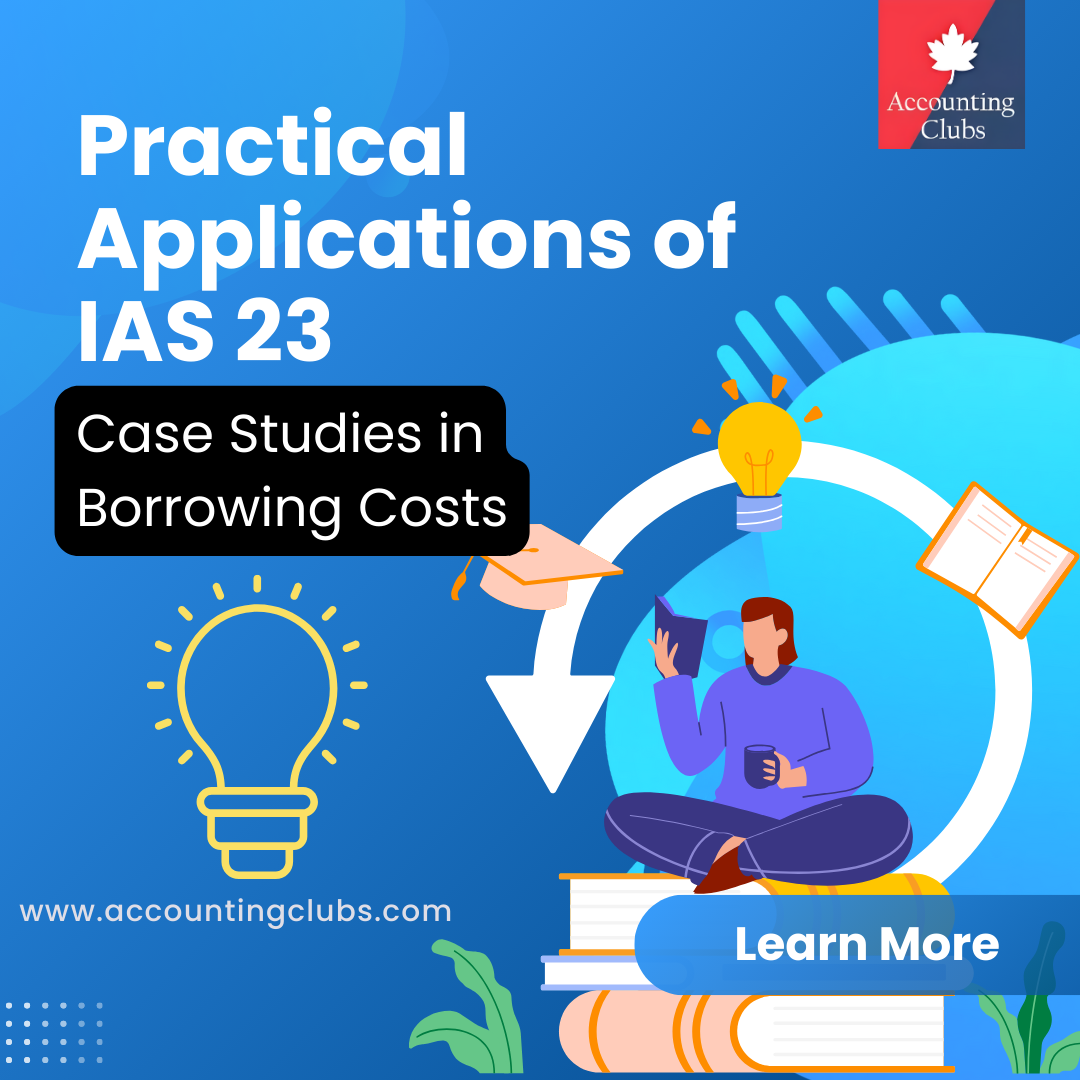Practical Applications of IAS 23: Case Studies in Borrowing Costs

Previous post
The Impact of Tax Rates on Financial Statements: Insights from IAS 12
September 12, 2024
Next post
The Role of Estimates in Interim Financial Reporting: Insights from IAS 34
September 14, 2024



